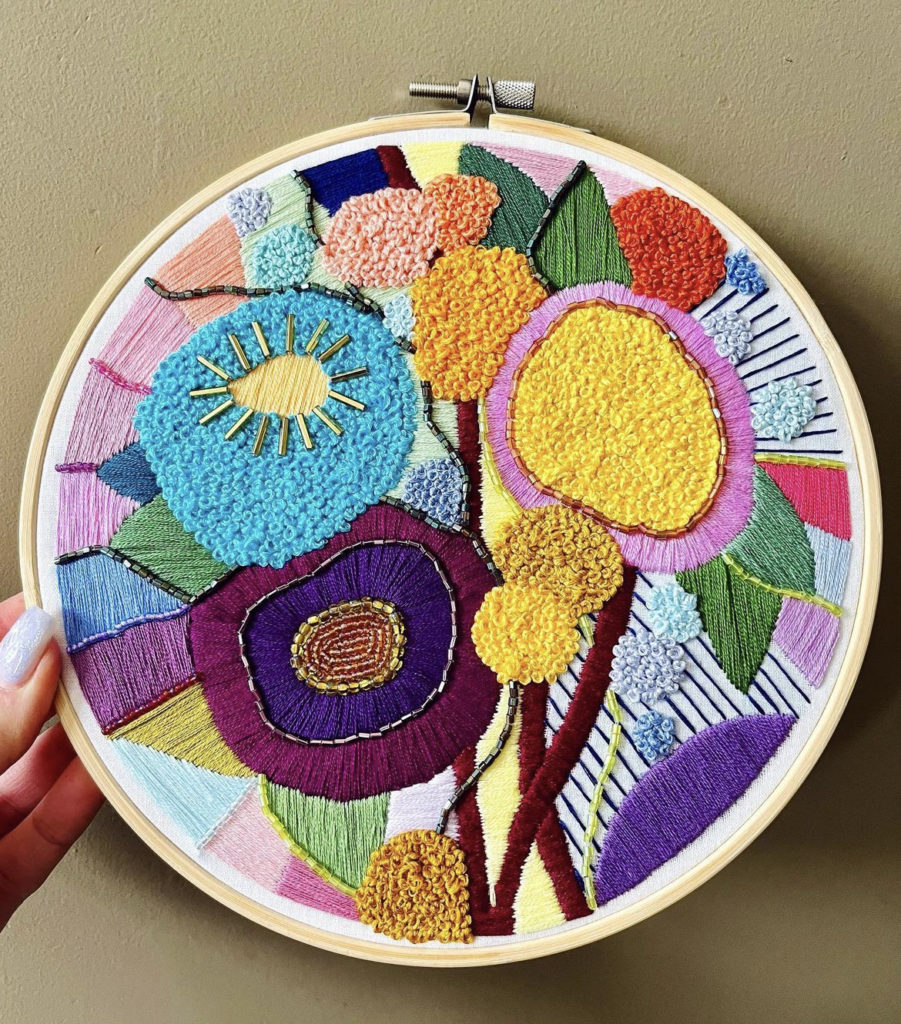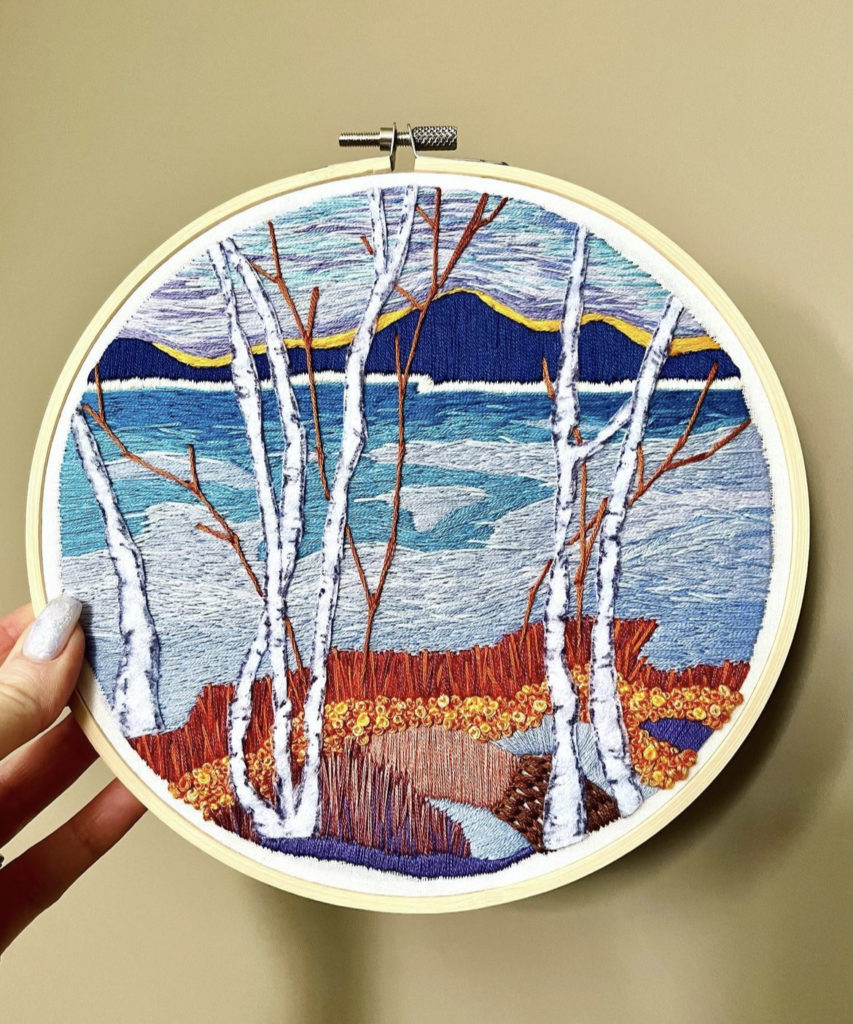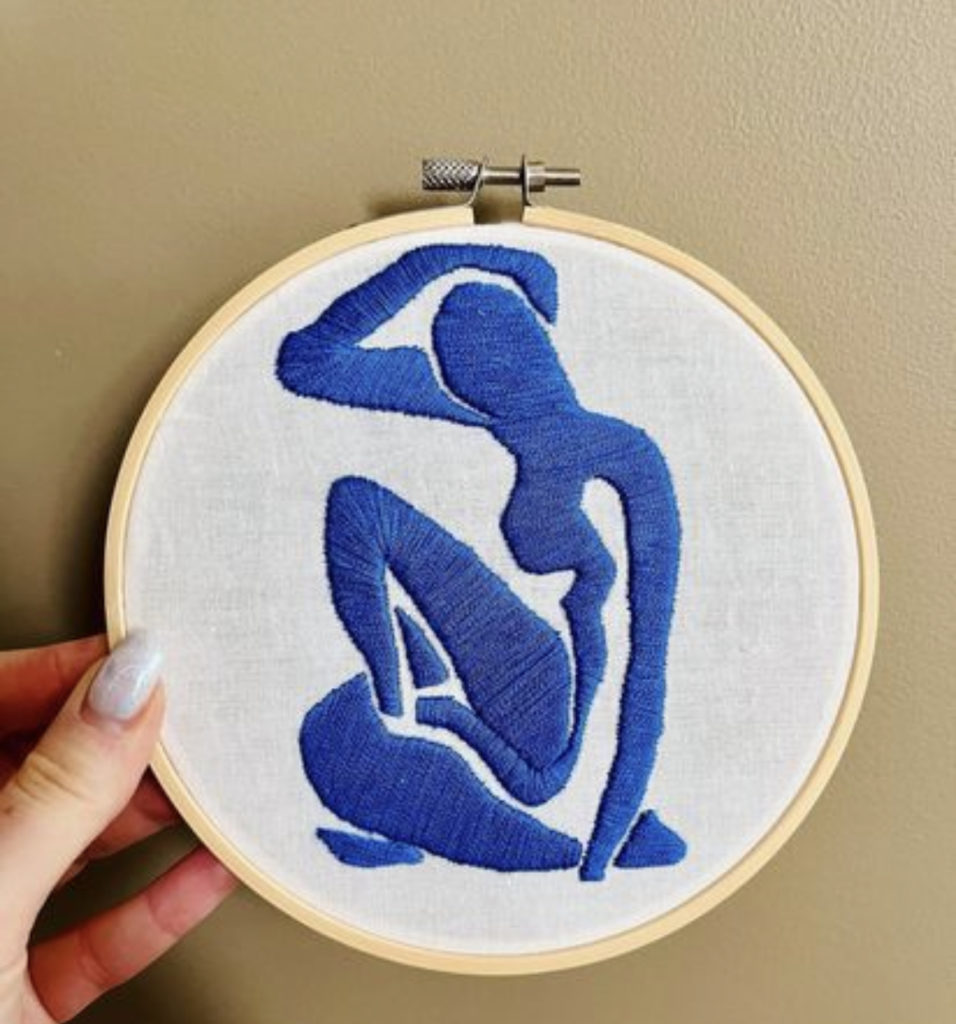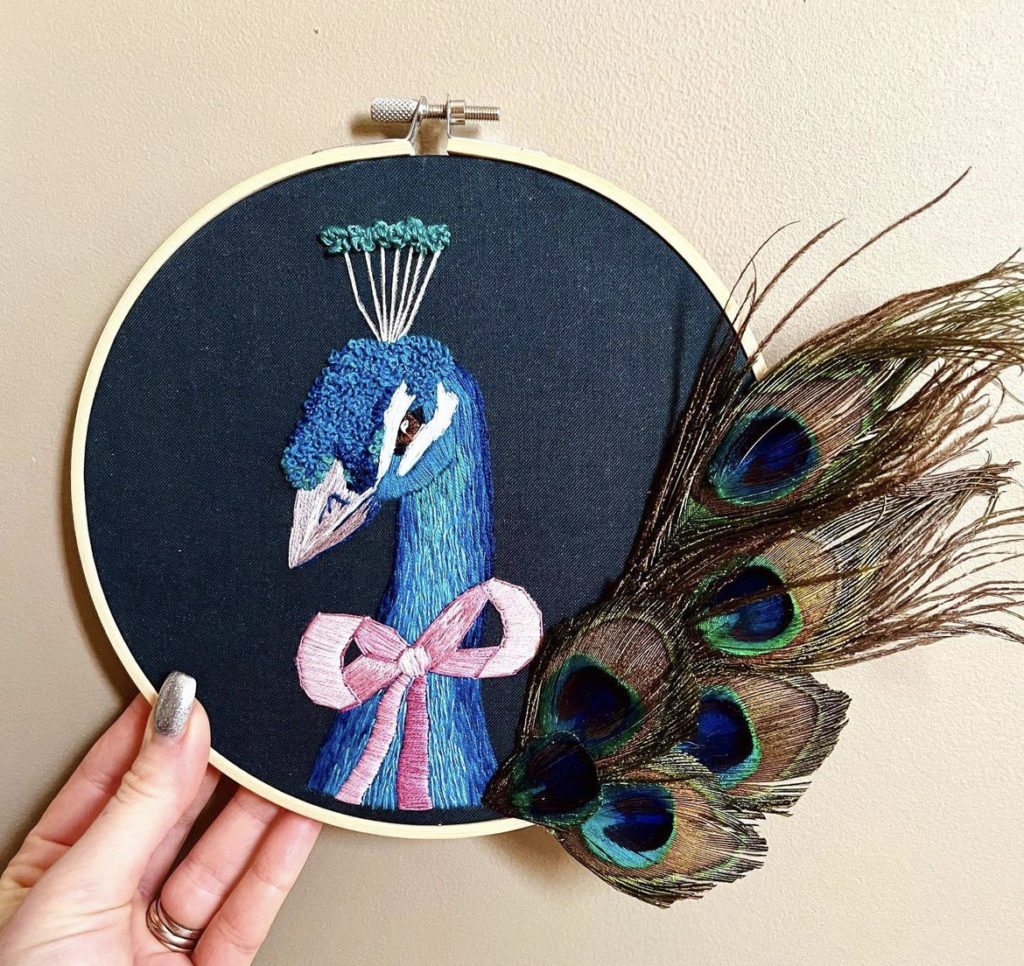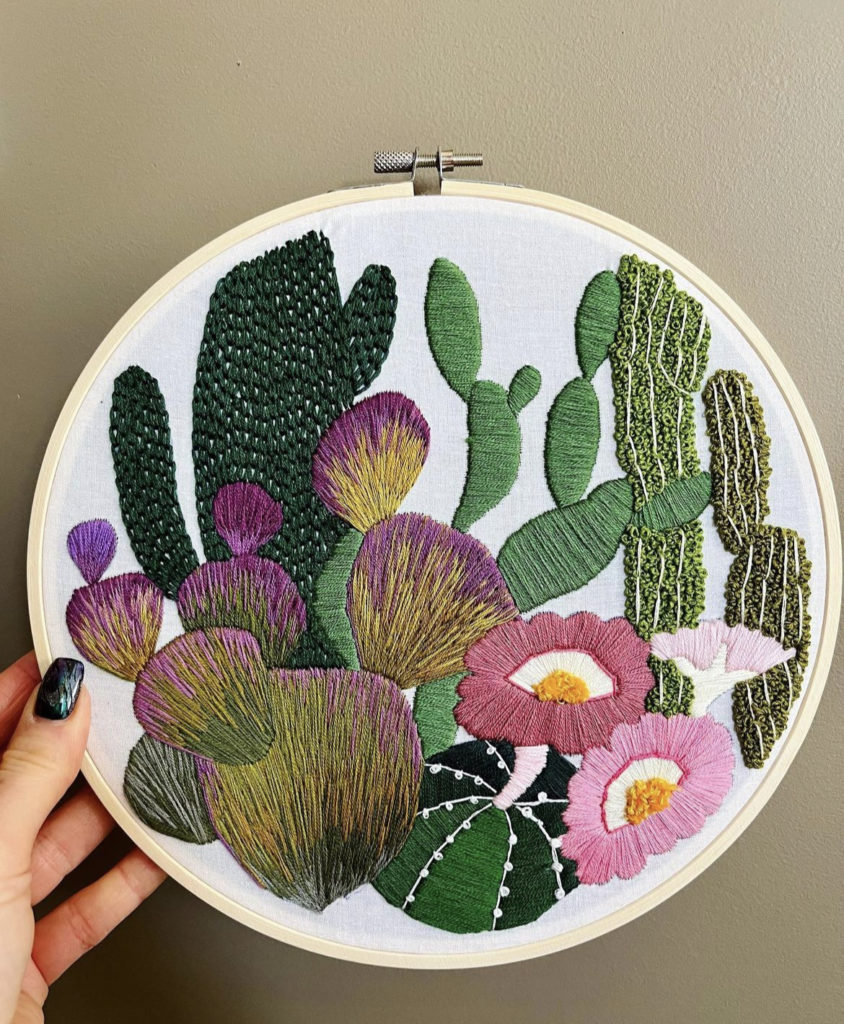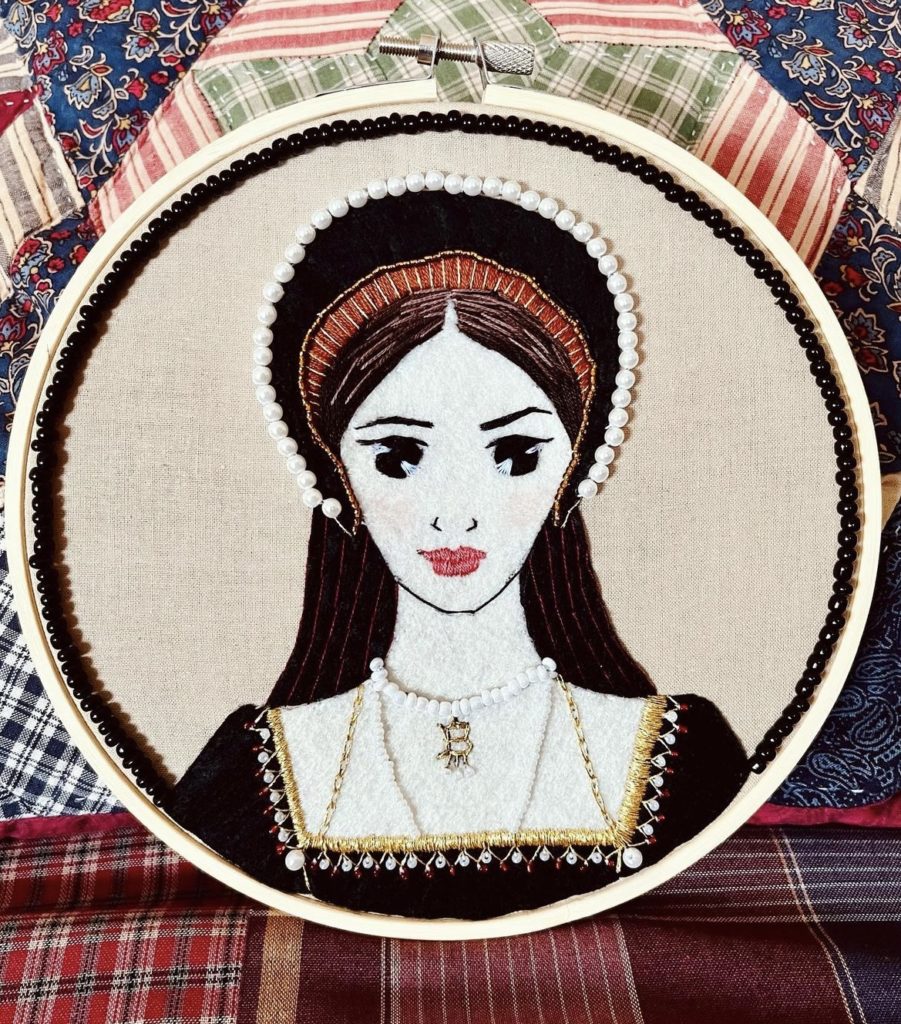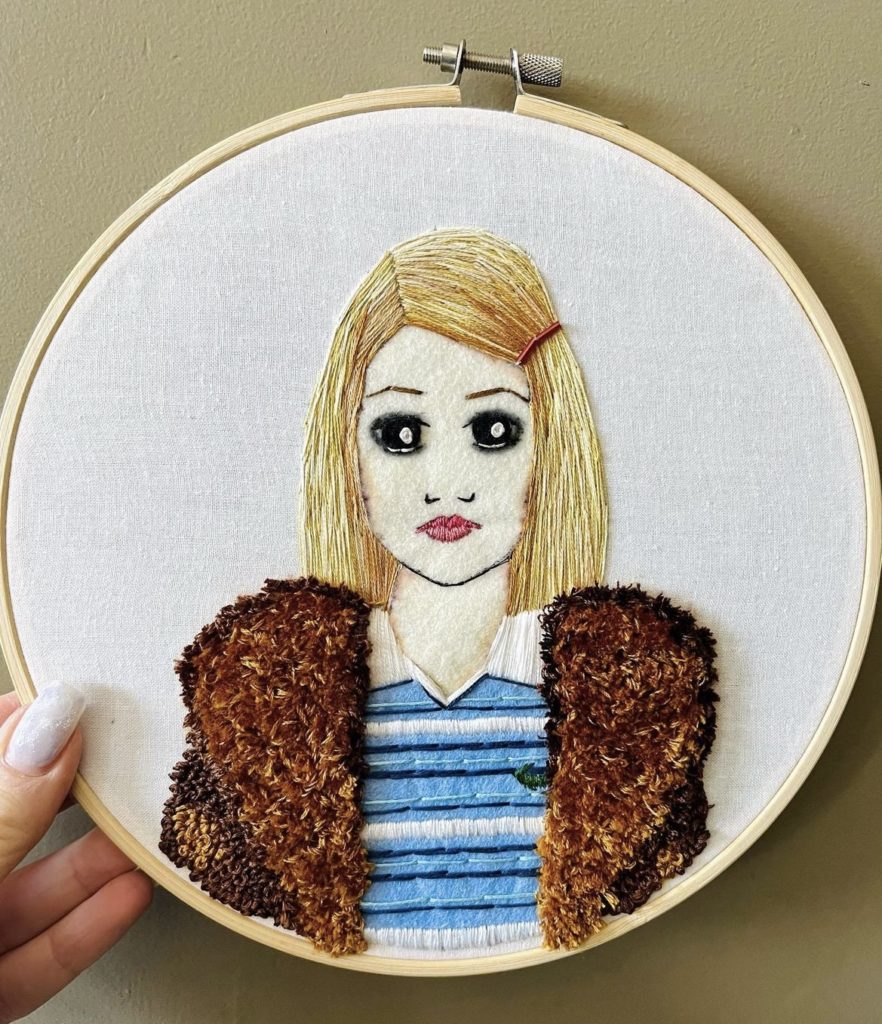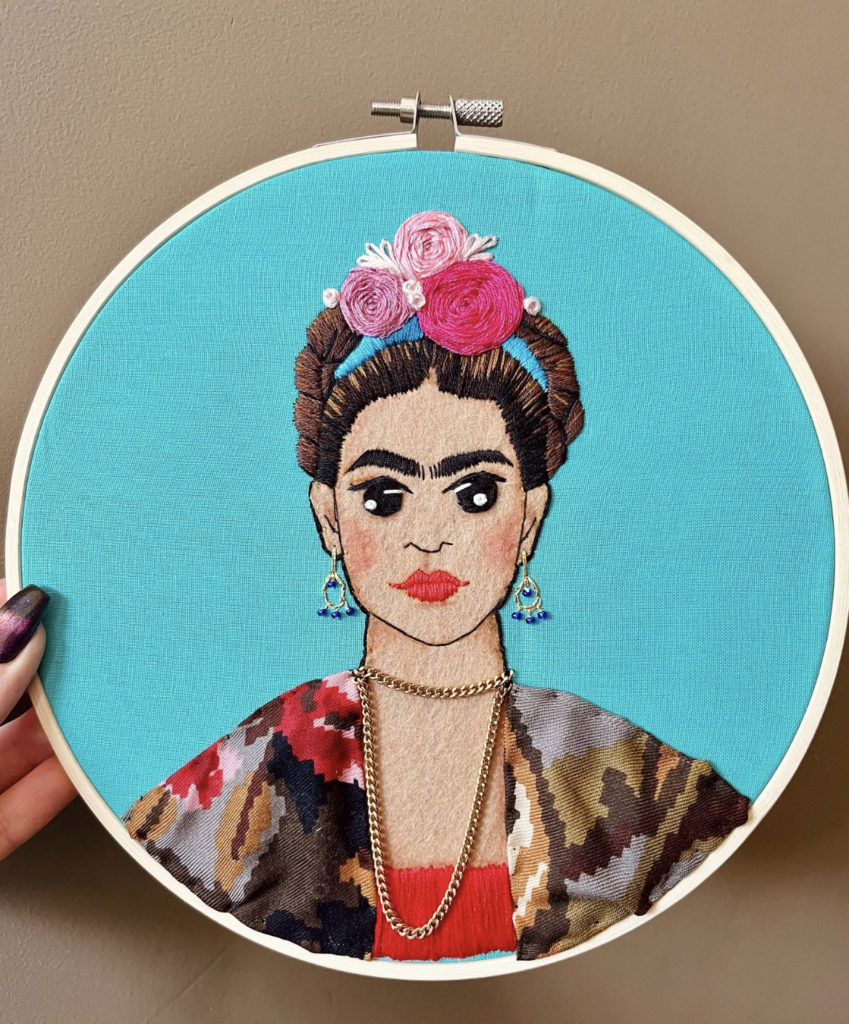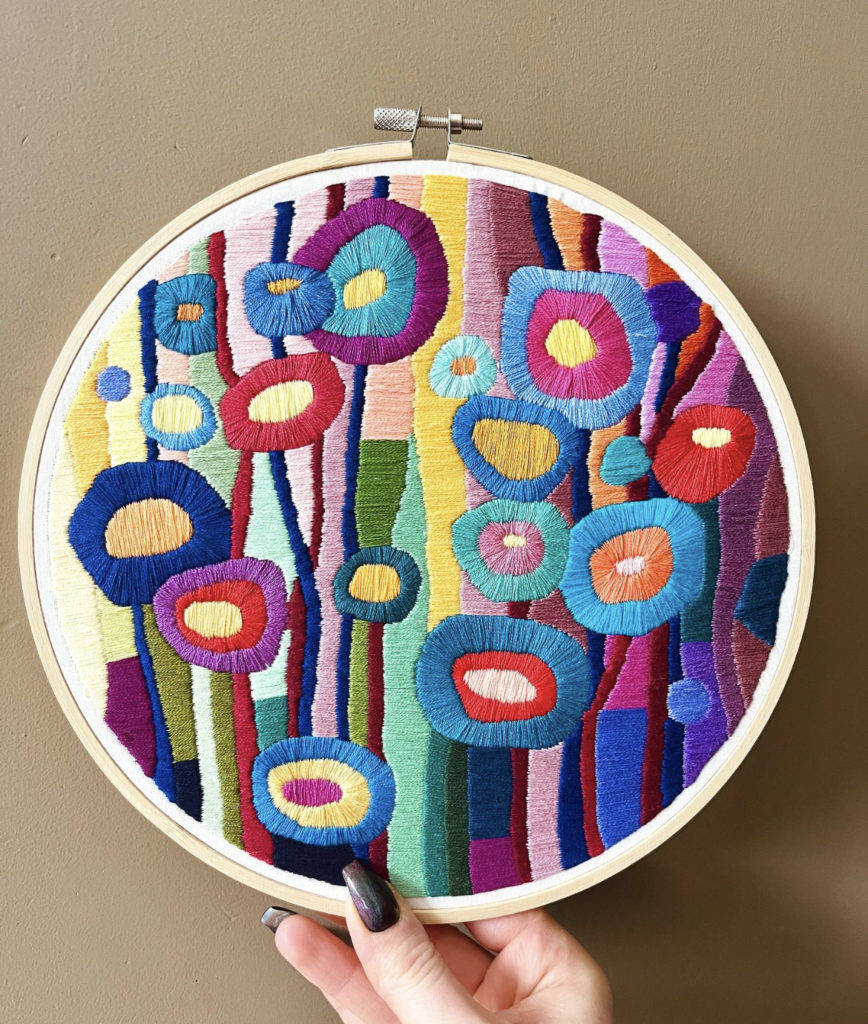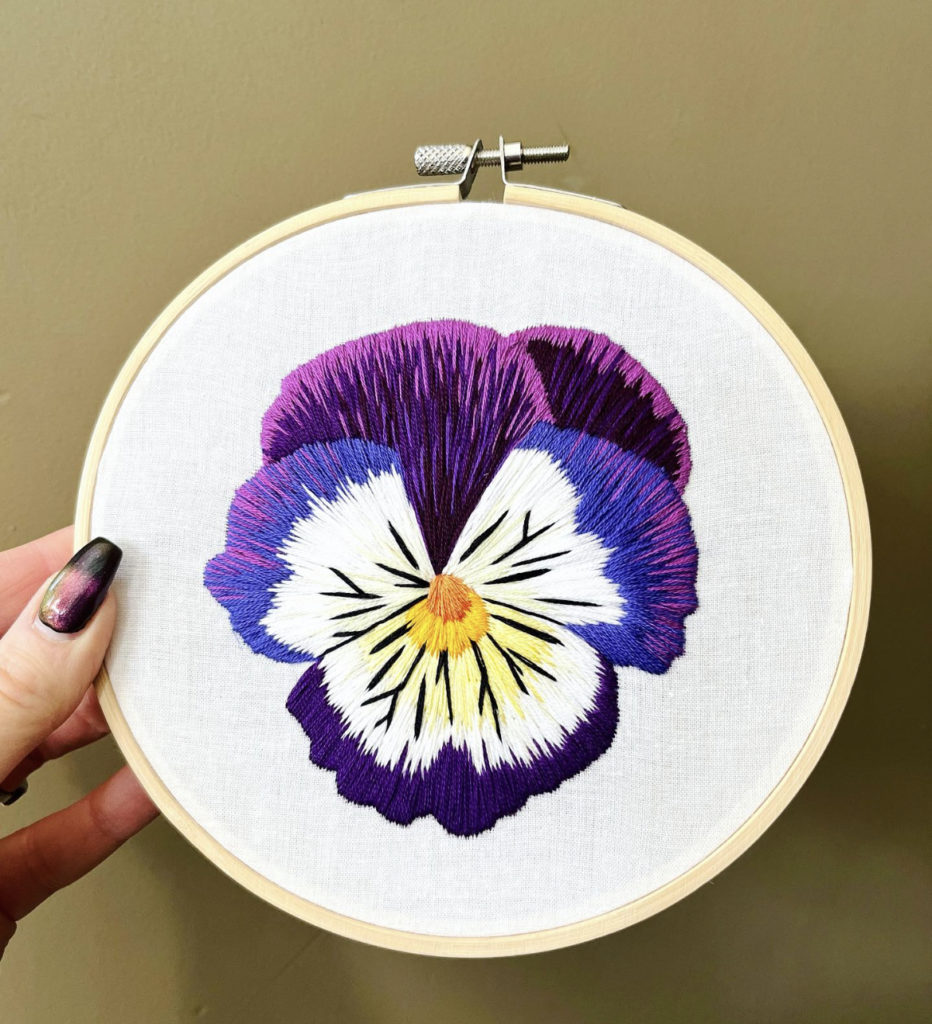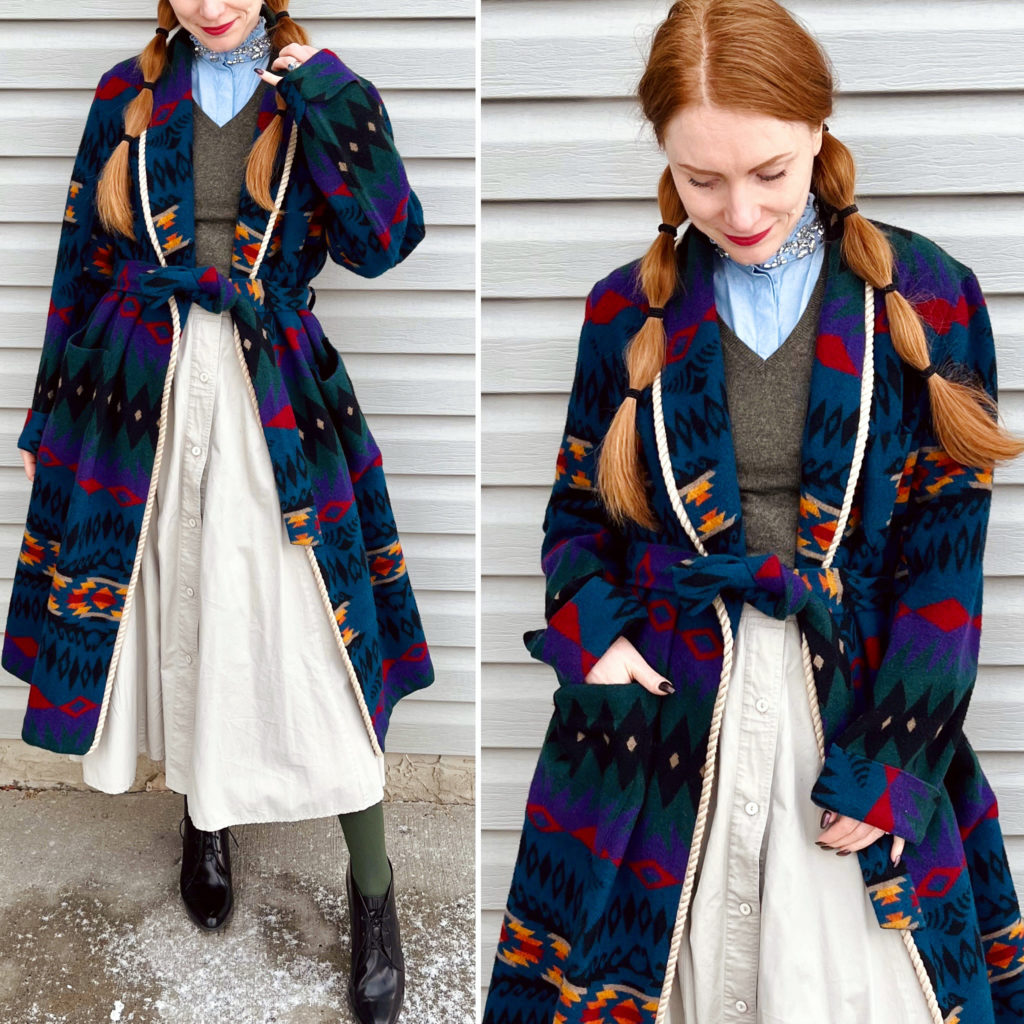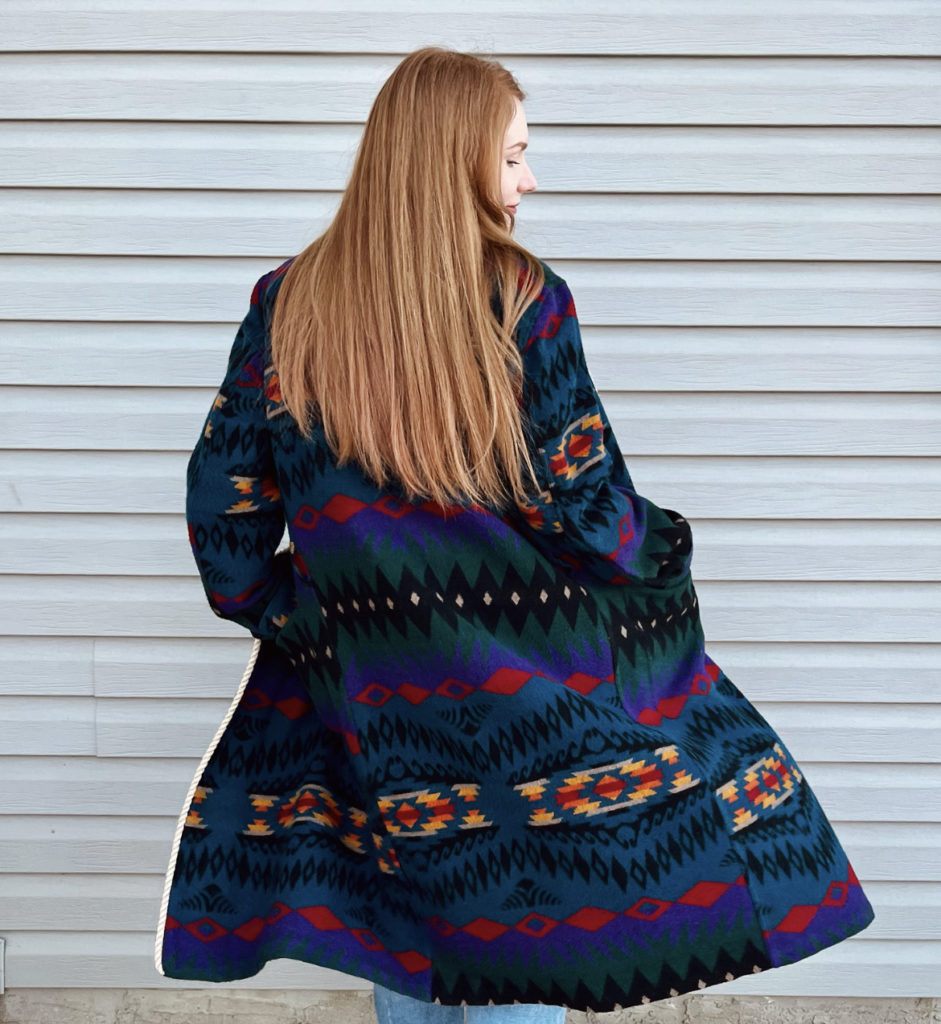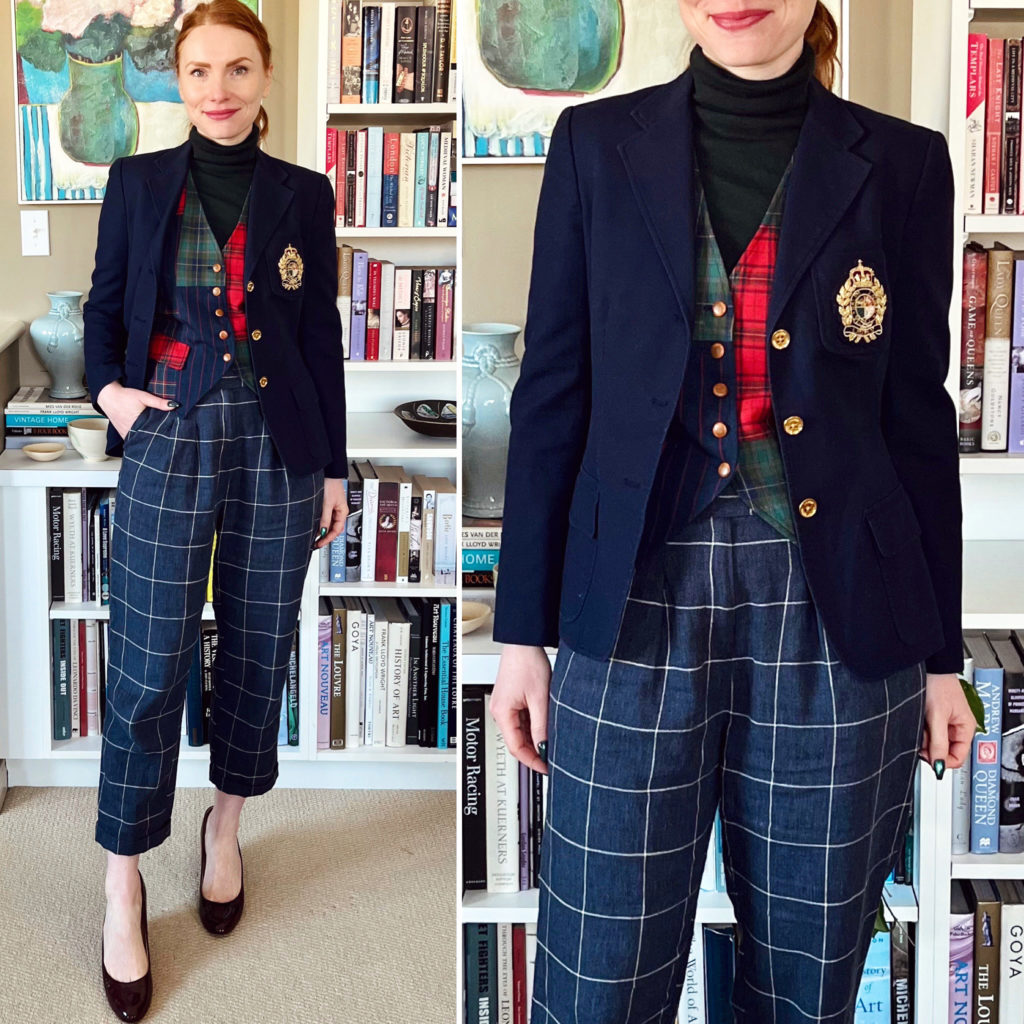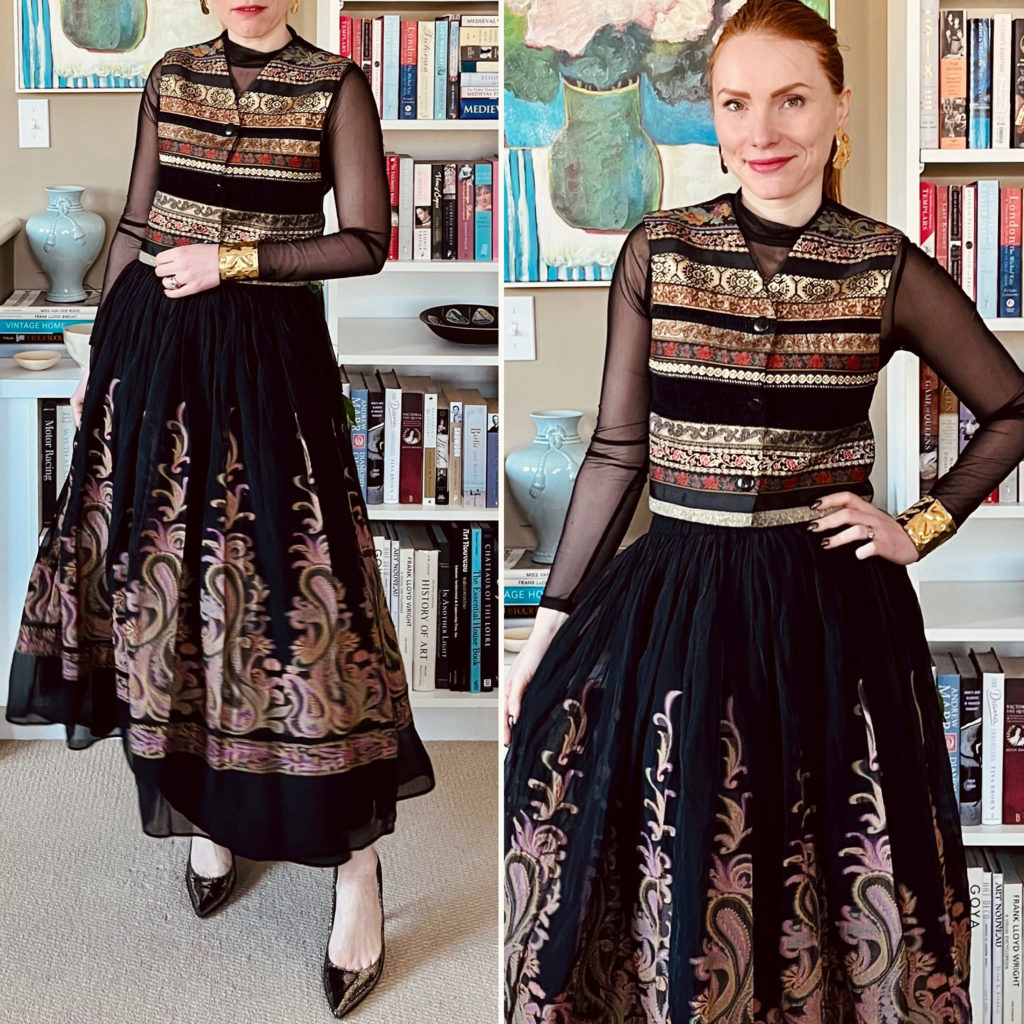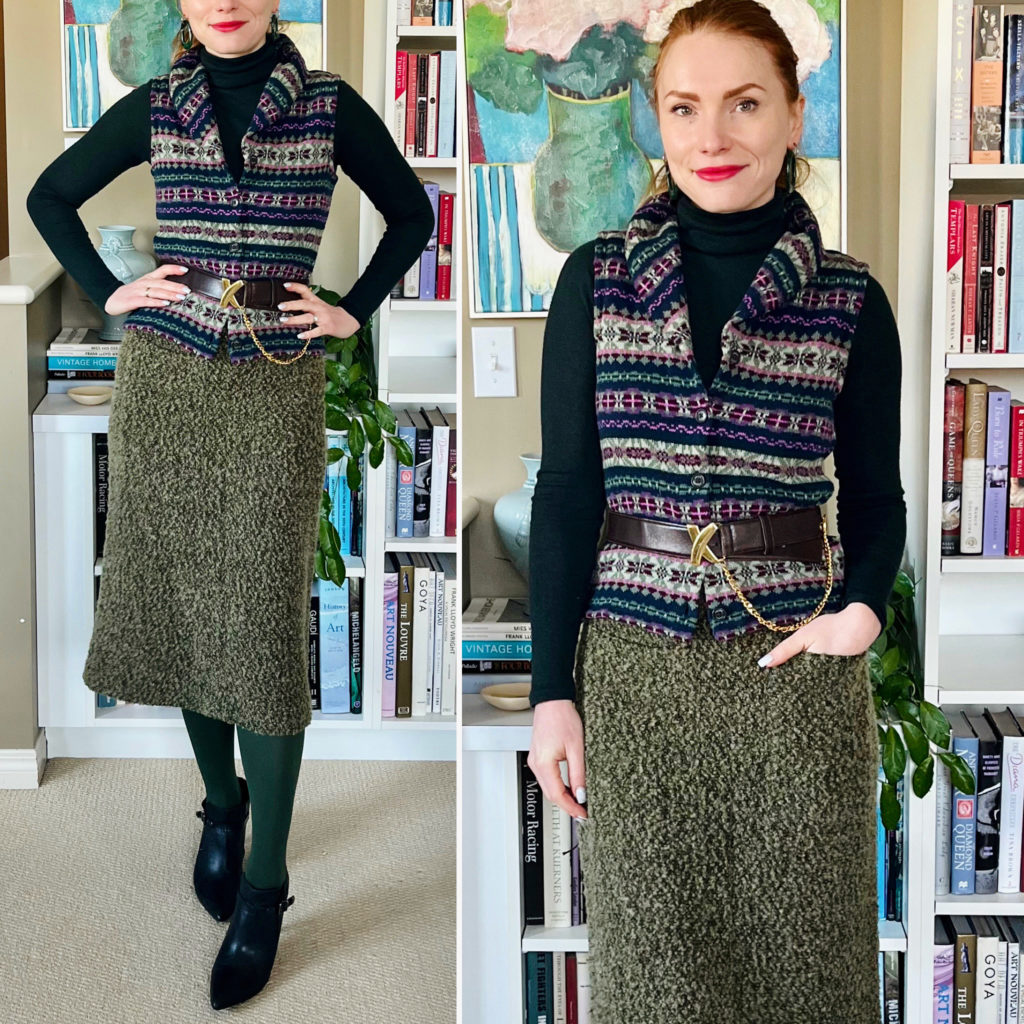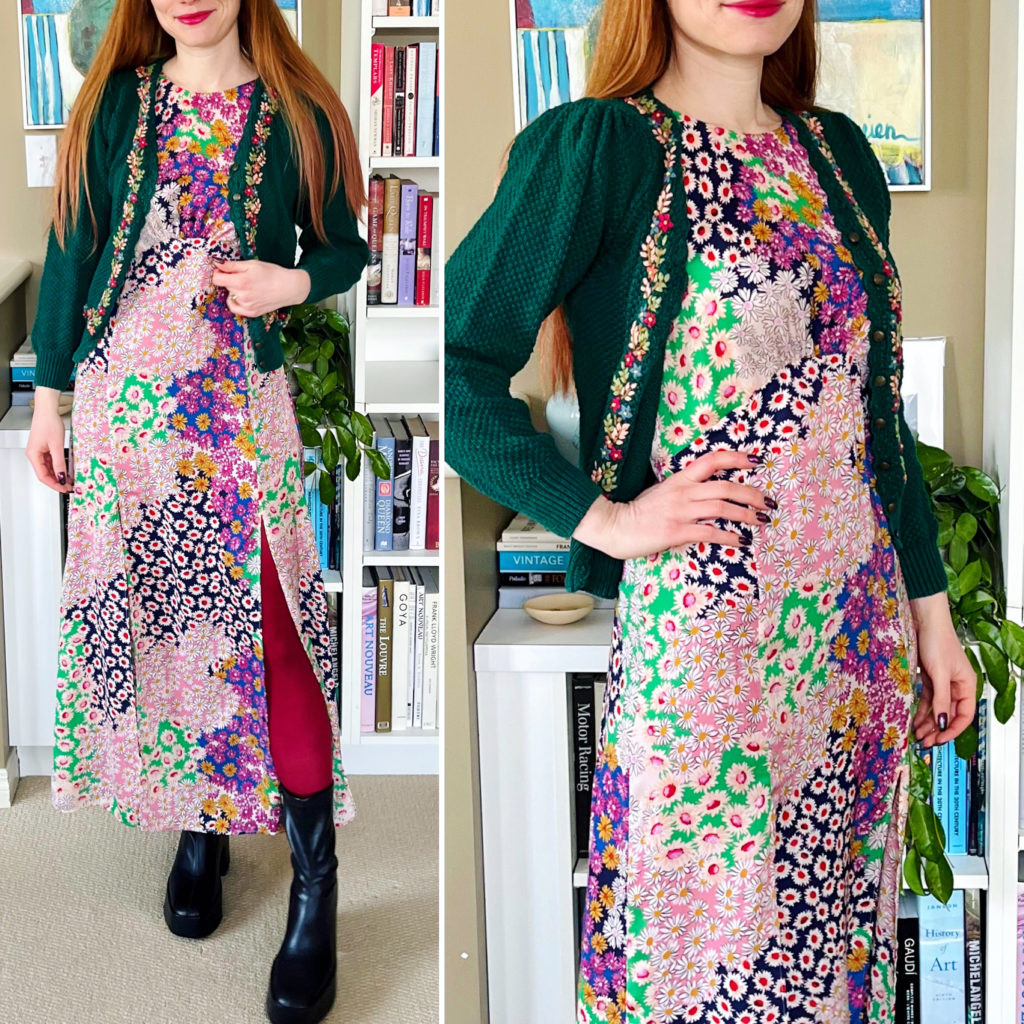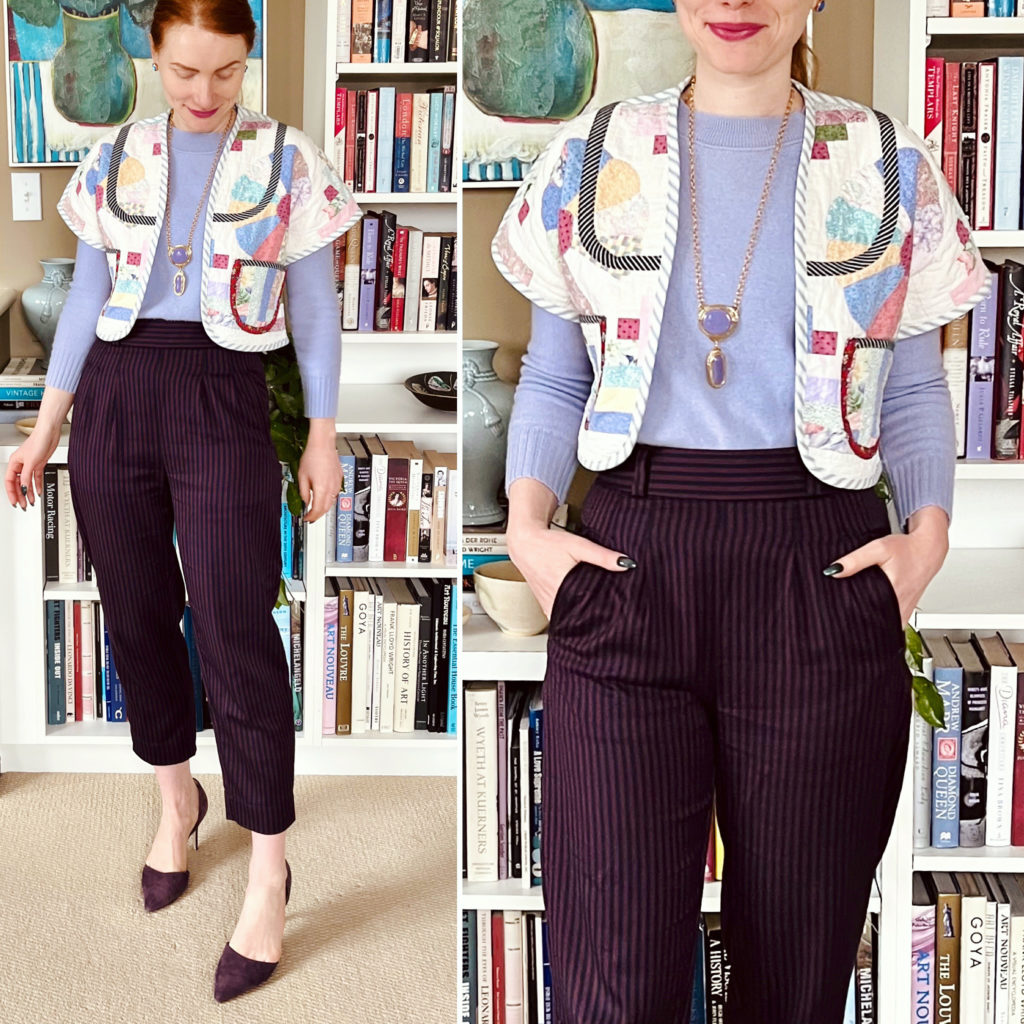
Details: Pilcro sweater, Prairie Trail Goods vest, Cartonnier pants, Rafael Alfandary necklace, J. Crew shoes
Thoughts: This vest is one of the pieces I’m most excited to wear this summer… so excited, in fact, that I couldn’t wait any longer to wear it. So I tried to come up with a cozy way to make it work for the current season. I chose this sweater based on the colours in the quilt pattern, and I am pumped about the combo! The striped pants add a bit of subtle pattern-mixing, plus the colour works better with the palette here than a simple black would have done.
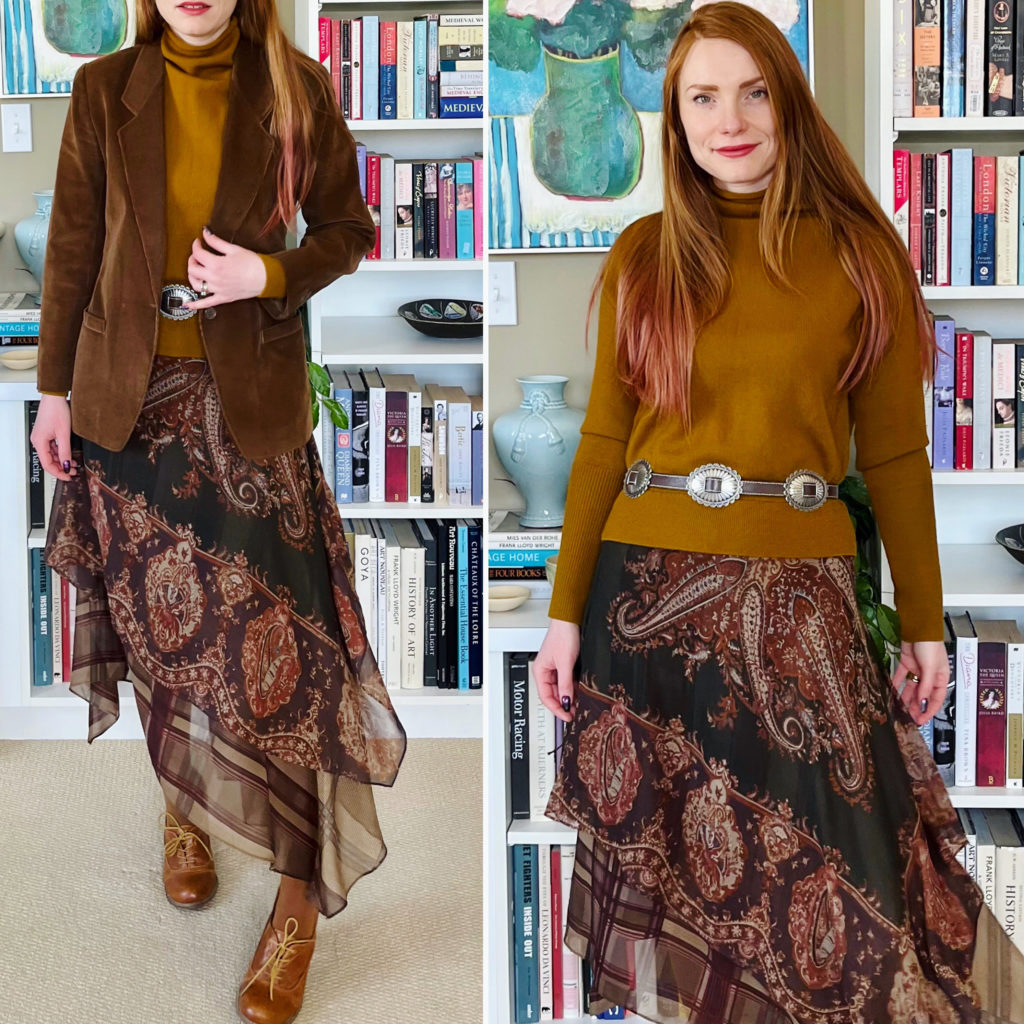
Details: Wilfred sweater, Ports blazer, Ralph Lauren skirt, Nocona belt, Chelsea Crew shoes
Thoughts: This outfit was, once more, inspired by some RL runway looks. This belt-over-sweater-over-skirt formula is making me very happy right now. An outfit in head-to-toe shades of brown is very “RL country” which is my style sweet spot, especially for spring/fall. Do I wish the skirt was a smiiiidge longer? Yes, always. But overall, it’s all good.
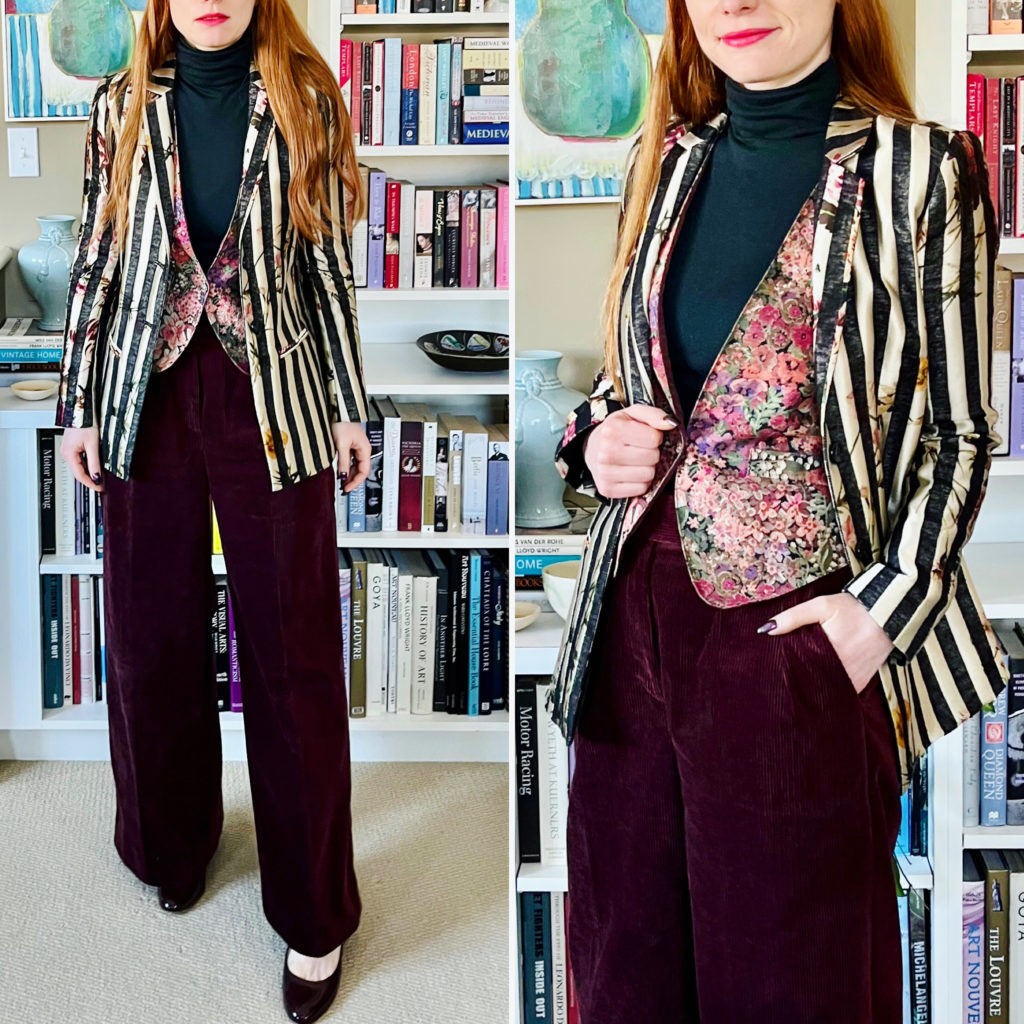
Details: Club Monaco turtleneck, Le Chateau vest, Twinset blazer, Banana Republic pants
Thoughts: I was going for a little baroque, a little dandy vibe here, and I think I mostly pulled it off. The pattern mixing works for me, and you know I am a ride-or-die for vest+blazer combos. I’m slightly undecided on whether the turtleneck is a bit too heavy, but I am also not sure if a better alternative was at hand (I don’t think a button down shirt would have worked).
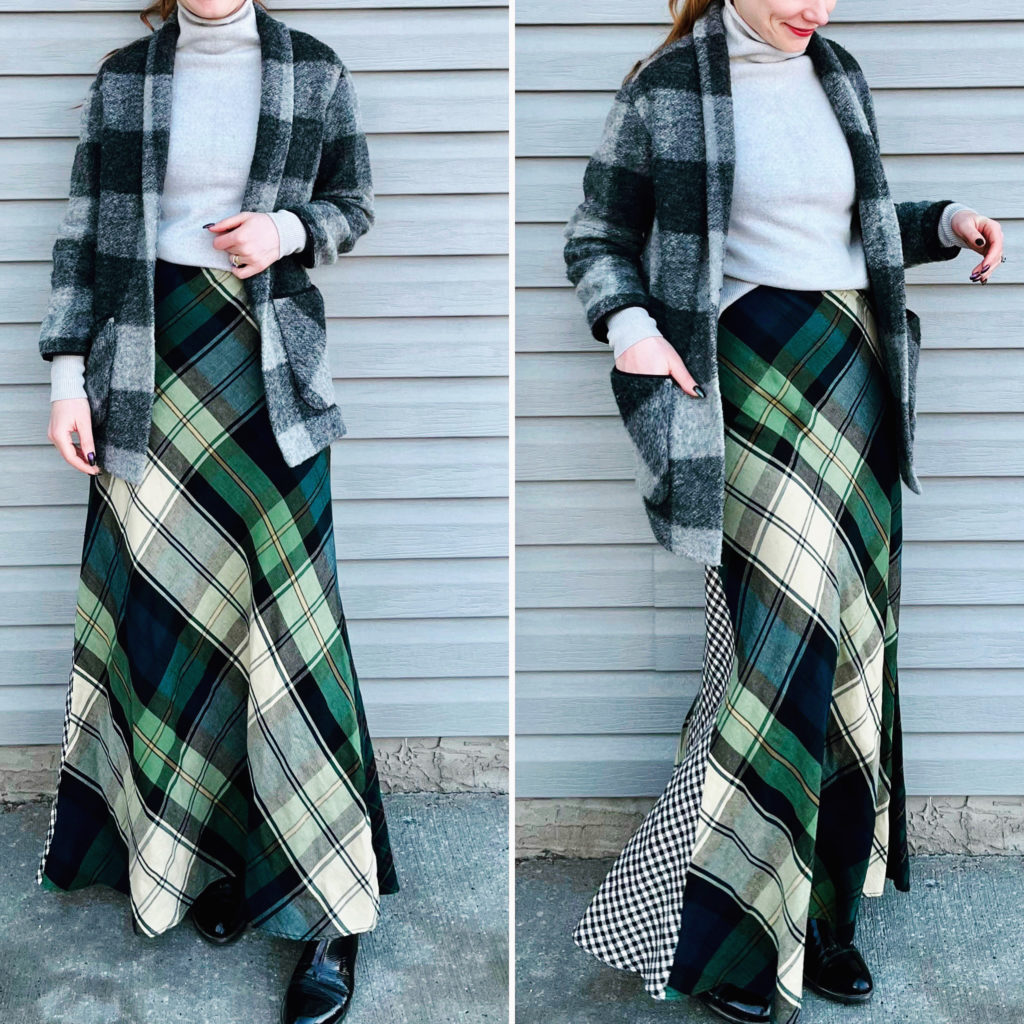
Details: Wilfred sweater & coat, Denim & Supply dress, Ecco boots
Thoughts: When you’ve got a patchwork of patterns … adding one more to the mix is the obvious outfit-making strategy, no? As always, I am relying on a cohesive colour palette to push me into that “YES” territory. I think I made it 😉
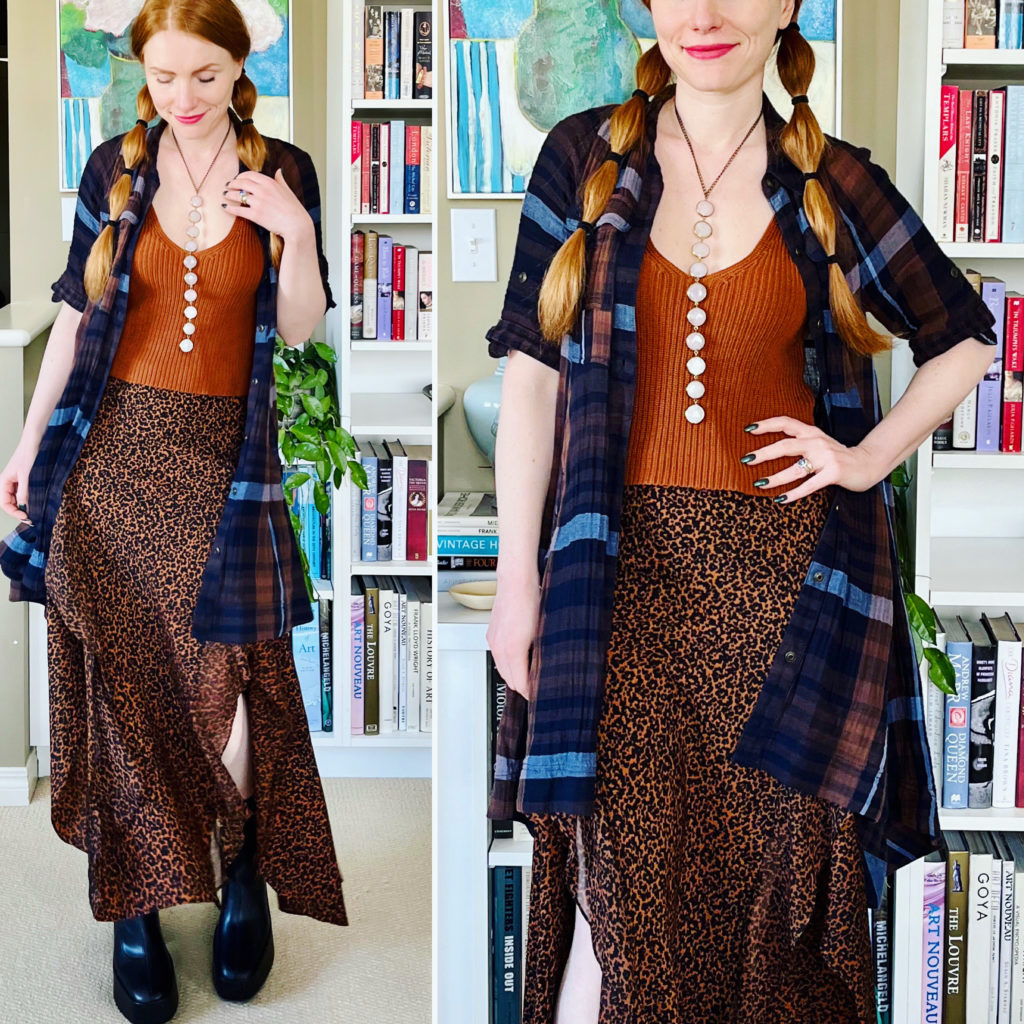
Details: Le Lis top, Holding Horses tunic, Topshop skirt, Lena Bernard necklace, Zara shoes
Thoughts: This is very similar to a couple of other outfits I wore; I’m just mixing up the same (or similar) pieces in different ways. If the formula ain’t broken, don’t fix it. Just improvise on the same!
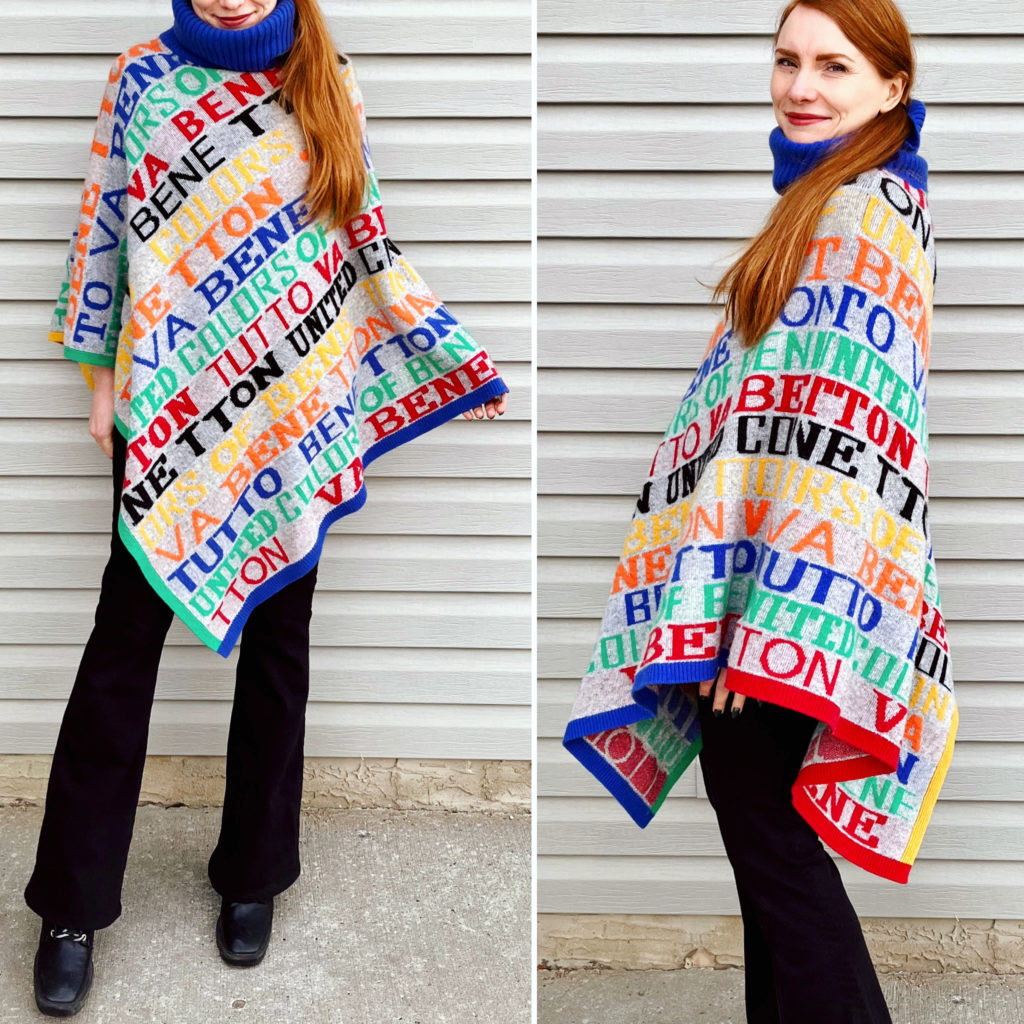
Details: United Colours of Benetton poncho, Frame jeans, Office London shoes
Thoughts: This poncho was not an automatic thrift buy for me, believe it or not. My husband pushed me into getting it, as I was having doubts. He was correct. It’s too strange and wonderful — wonderfully strange! — of a piece to pass up. I don’t normally like overtly-branded clothing, but the colourful lettering here works for me. It’s so fun! Plus, I like the message (cleverly) worked in: tutto va bene (tton). Everything is okay. Some days you need that reminder, you know?

